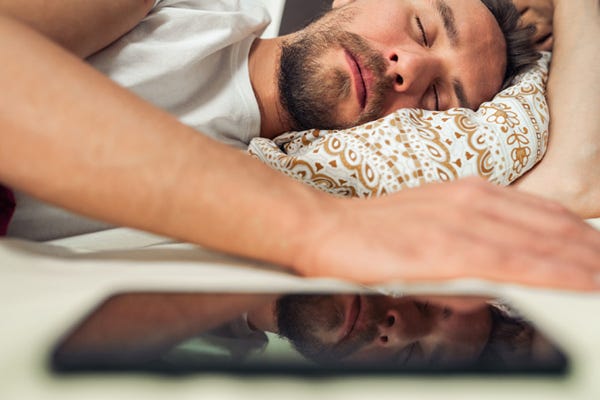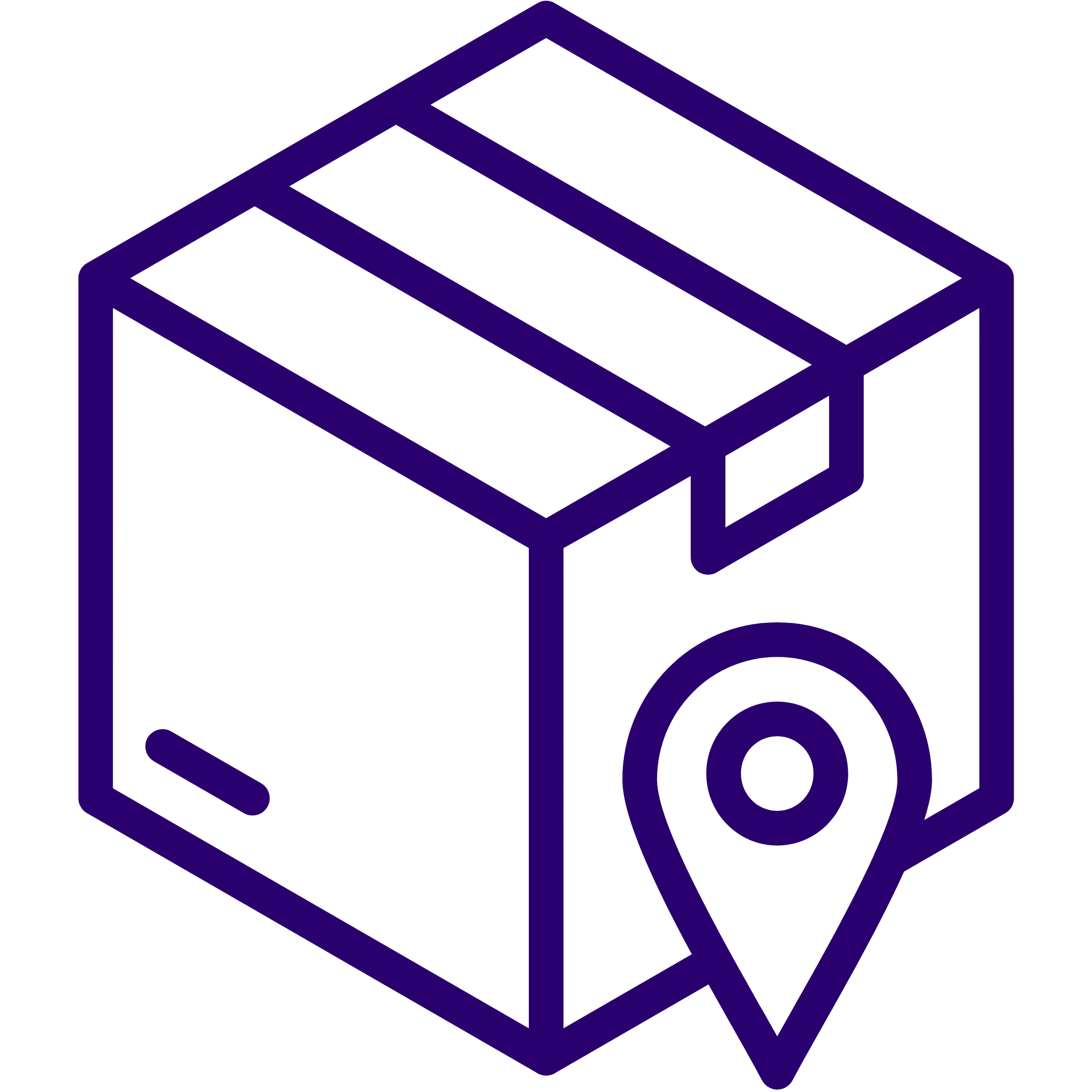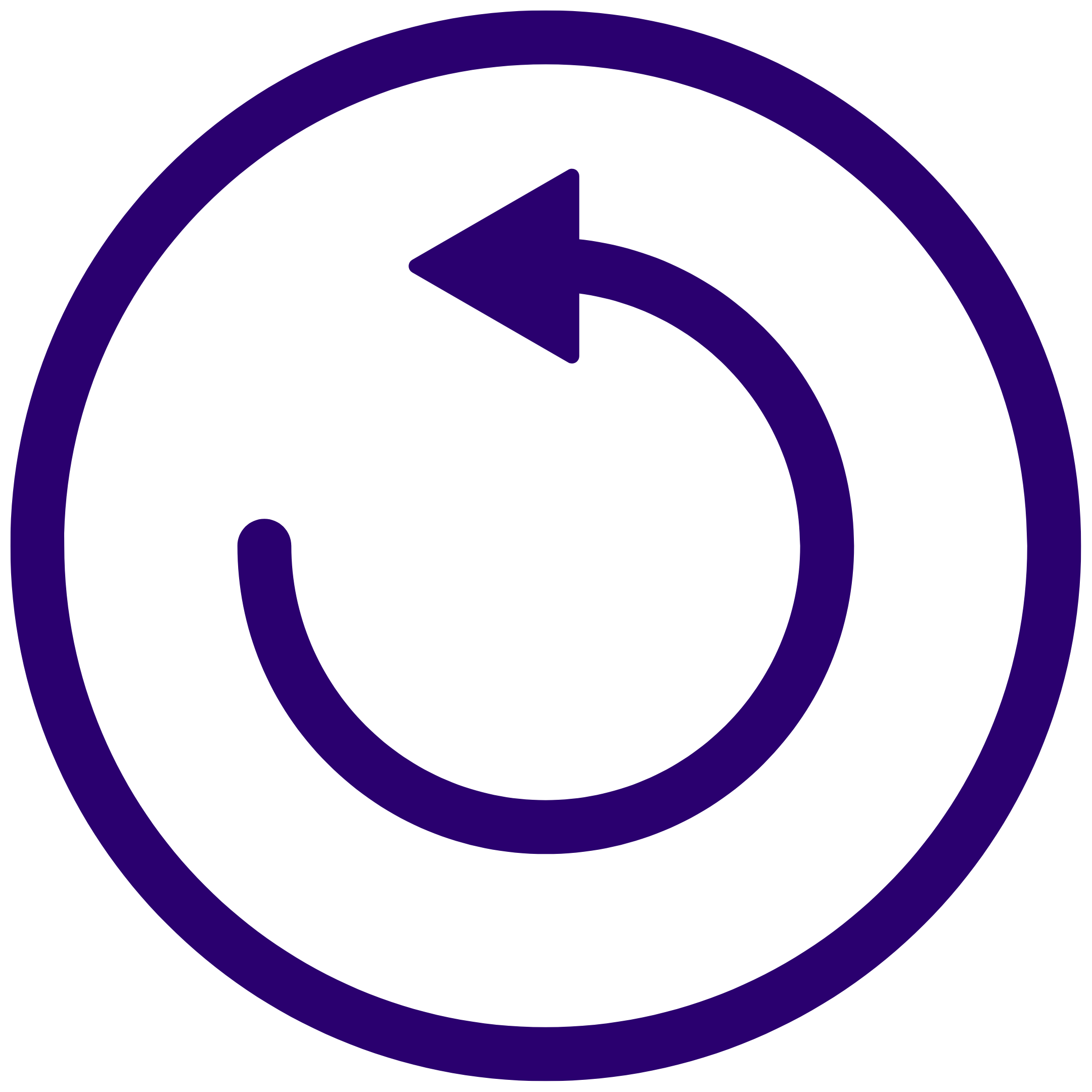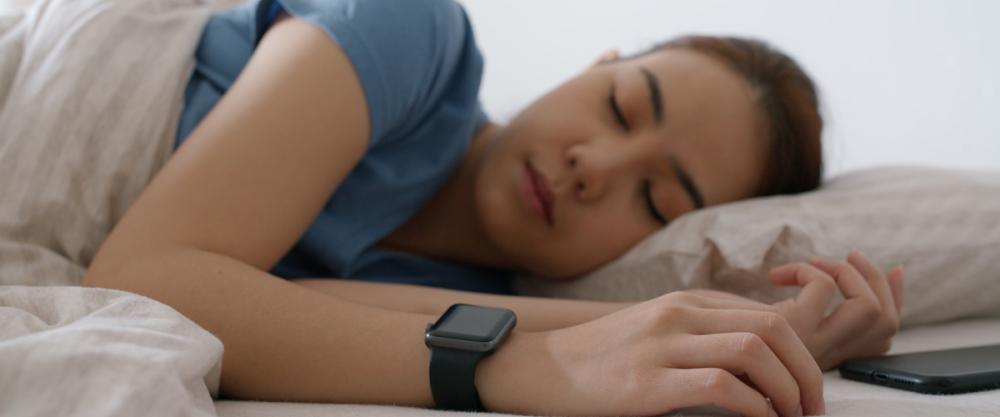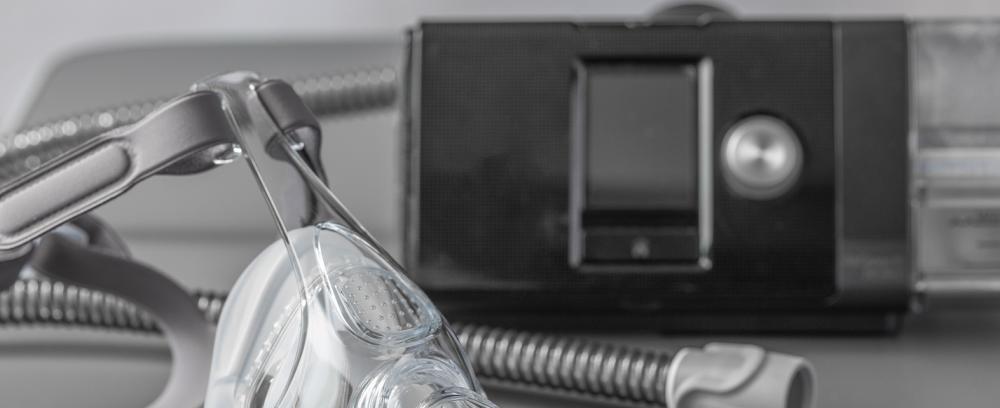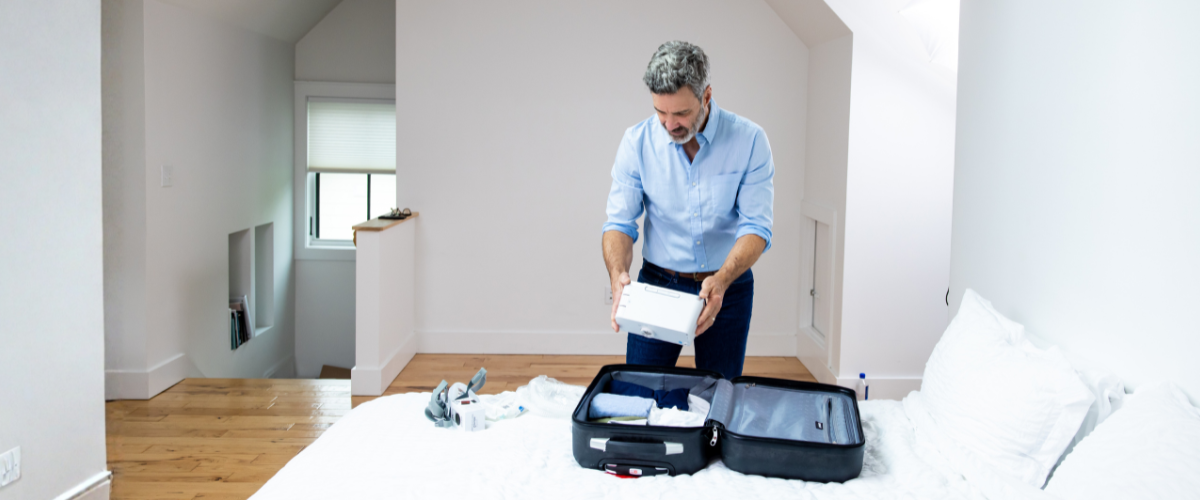Once your head hits the pillow the rest might feel like a mystery until you wake up the next morning. You may wake feeling well rested or like you hardly closed your eyes at all, as you’re left wondering how you really slept. Many modern CPAP machines now include sleep tracking functions, but that only helps if you've already been diagnosed with sleep apnea. However, wearables such as Fitbit or the Apple Watch may be able to clue you in on your sleep quality and even track sleep apnea.
How Do I Know if I Have Sleep Apnea?
Obstructive sleep apnea is an incredibly common condition but since ‘apneas’ occur during sleep, sometimes it’s easy to miss. An apnea is an event in which airway muscles relax during sleep, partially collapsing and blocking the flow of air in and out of your lungs.
As a result, blood oxygen levels are reduced and your brain sends signals to your body to fight for air. This can happen multiple times per night. Your chest may heave, your heart rate may spike, you may wake up gasping, and much more. All of which is extremely exhausting and dangerous.
While 10 to 30 periods of restlessness are normal during the night, between 5 to over 30 an hour may suggest sleep apnea.
But if apneas happen in your sleep, how do you know if you’re at risk? Because loud snoring is a major symptom, sometimes people are alerted by their partners or have recorded themselves during the night with a smartphone to capture snoring and gasping. It's important to learn about the warning signs for sleep apnea.
Luckily, we now have easier and more accurate ways to examine sleep patterns with a smart device. SmartWatches like Fitbit and the Apple watch are highly effective sleep trackers.
People wear trackers to monitor their personal fitness activity to improve their overall health, so it only makes sense for these devices to track your sleep, which is crucial for your overall well being.
Sleep Apnea Symptoms
- Loud snoring
- Waking up snorting or gasping for air
- Waking up with a dry mouth
- Frequent morning headaches
- Excessive daytime sleepiness and brain fog
- Insomnia
- Irritability
How Do Wearables Track Sleep Patterns?
Because wearables have an accelerometer built in, they can detect movement during sleep, including how many times your body is restless during the night.
Also, with the ability to track your respiratory rate and heart rate, sleep trackers are able to determine your sleep cycles, which must function properly in order to help you feel well rested. Pay close attention to how much time is spent in the REM sleep stage, which is needed to physically repair your body as you dream. Without getting enough time in this state, you may feel fatigue, especially if you have a physically demanding career.
As the amount of time you spent in a restless state is subtracted from the time you got good sleep, sleep trackers are able to determine how much quality sleep you get. Then they display all of this helpful information in nightly charts for you to review.
Be sure to look are your sleep results every morning to learn your normal routine and to see if you might be at risk for a sleeping disorder. Many doctors are finding this information to be incredibly valuable for determining if you need a sleep apnea test or not.
Can an Apple Watch Detect Sleep Apnea?
An Apple Watch may be able to detect (but not diagnose) patterns that suggests sleep apnea. If you factor in some of the third-party apps you can download from the app store, the Apple Watch is extremely good at identifying and reporting on health trends in general, and sleep trends in particular.
One such app called NapBot claims to provide more comprehensive analysis related specifically to sleep apnea. However, no fitness trackers are FDA cleared to diagnose sleep apnea, that goes for AppleWatch, FitBit, and Garmin. But they can arm you with much more information than you would have otherwise if and when you decide to seek out treatment with a healthcare provider.
If your healthcare provider decides to do a sleep study, you may do an in-lab polysomnography, or take a home sleep test. Results from those tests will determine whether CPAP treatment is right for you.
Drowzle Free Sleep Apnea Screening
You may also start with a tool like Drowzle, a smart phone app that offers an easier first step than a full overnight study in a sleep center. Drowzle is an app allows patients to be screened for sleep apnea at home.
You can download the Drowzle app to your smartphone much as you would any other app. Place the smartphone nearby within 2 feet of your pillow while you sleep. It records and stores your your oral and nasal breathing sounds, gaps in your breathing, and other metrics.
This data is stored in the cloud and shared with your healthcare provider. Based on your level of risk, you may opt in to purchase Drowzle Pro and schedule a telehealth appointment with a medical professional, so there's no need to leave your home.
